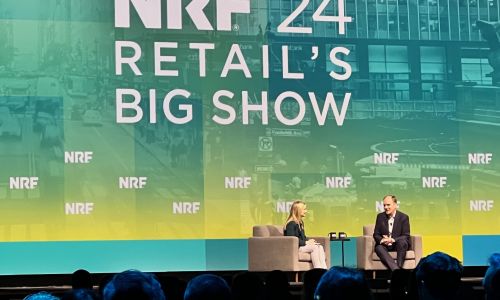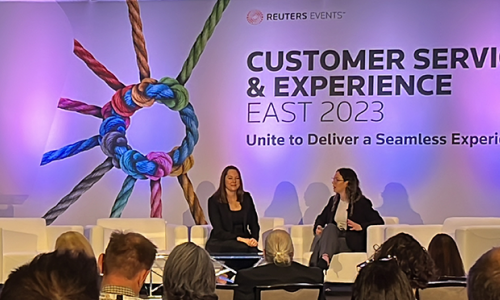Amazing customer experience: it’s the end goal for every brand. Happy customers are loyal customers, and they generate the revenue companies need to thrive. But with all the emphasis on CX, too many brands overlook one of its key ingredients – great employee experience.
Associates and supervisors are, in many ways, the front-line faces of brands. A great experience with an associate builds customer loyalty and brand reputation. One negative experience, on the other hand, can turn a customer off a brand for good.
So why aren’t more companies taking an introspective look at improving their employee experience? In a world where CX is so prized, employee experience (EX) can easily fall by the wayside. But companies that focus on improving employee experience – by taking the time to truly understand what delights, frustrates, and motivates workers – will reap many benefits over the long term.
The power of 366 days
Retaining top talent is one of the biggest challenges facing contact centers. Too often, time and money are invested in training and developing employees who end up quitting the job before the company sees any return on that investment. This type of pre-production attrition is a costly problem for companies.
That’s why it’s crucial to retain employees for at least a year. Typically, an associate’s performance tends to be below average for as much as their first six months on the job, while they’re getting acclimated and learning the ropes. Associates take an average of four to six months to reach proficiency, research shows. Then once they settle in, by around the six-month mark, they perform at an average level. But once they cross that one-year threshold – starting on Day 366 – associate performance soars.
After the one-year mark, employees typically see a dramatic improvement in meeting their company’s KPIs. Net promoter scores (NPS), customer satisfaction scores (CSAT), average resolution time, and first contact resolution rates are some of the areas where associates tend to make gains once they have undergone more extensive learning and development – when they’ve been on the job longer.
After the one-year mark, associates are comfortable with processes and systems, they can find information easily when they need to, and they’re familiar enough with the brand’s products and services to deliver seamless customer experiences.
These Day 366-and-beyond employees are incredibly valuable. Why? Because each one who quits will have to be replaced with a brand-new employee, one who is starting that costly learning cycle all over again – with subpar performance for the first six months.
In short: associates who have been working in their job longer provide better experiences to customers. Brands that focus on retaining associates will benefit from not only a more engaged workforce, but happier customers.
CX technology and insights for longer employee tenure
Several things can make associates so unhappy they quit. Often, it comes down to one of two things (or both): it’s too hard to access the information they need to do their job well, or they don’t feel they have a supportive work environment.
Here’s where technology can help. Enabling the right type of technology makes associates’ jobs much easier. Smart automation and AI solutions, which automate mundane tasks and harness the power of data to give associates a more complete picture of customer needs, allow associates to resolve customers’ issues faster.
Savvy brands use this data-powered technology not only to meet customers’ current demands, but also to anticipate the next action an associate can make, including potential upsell opportunities.
For example, brands can get meaningful insights from behavioral research that helps map the employee journey. Speaking to associates and supervisors is just part of the equation; brands also hear first-hand accounts of what it’s like for employees to go through the onboarding and training process, as well as what associates’ day-to-day jobs are really like. What frustrates them? What should be easier? What makes them happy?
Armed with this powerful information, companies can identify roadblocks and develop a strategy for moving forward – with a knowledgeable partner like TTEC there for guidance every step of the way. In addition, companies can implement career pathing strategies, which develop plans for high-performing employees who are ready for a new challenge. It’s all about keeping employees engaged beyond that one-year mark.
Another great opportunity for brands lies in creating virtual communities. Consider giving associates and supervisors a virtual space where they can come together – no matter where they are in the world – to ask questions, collaborate, and learn from one another. Doing so provides the double benefit of making employees’ jobs easier and giving them a supportive environment.
Happy employees stay on the job longer, and the longer they’re on the job the better they are at delivering amazing CX. Investing in employee experience now will pay dividends – when it comes to both EX and CX – well into the future.
Brands invest so much time and money in training associates to be the best they can be. Make sure that investment pays off by taking the time to ensure employees reach the critical 366-day mark.






